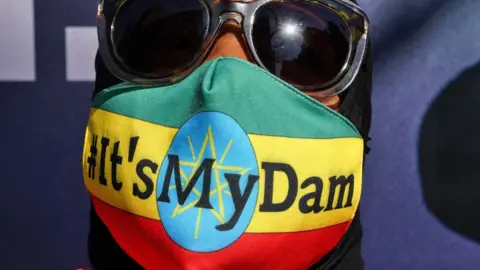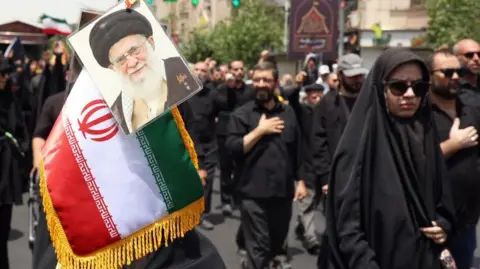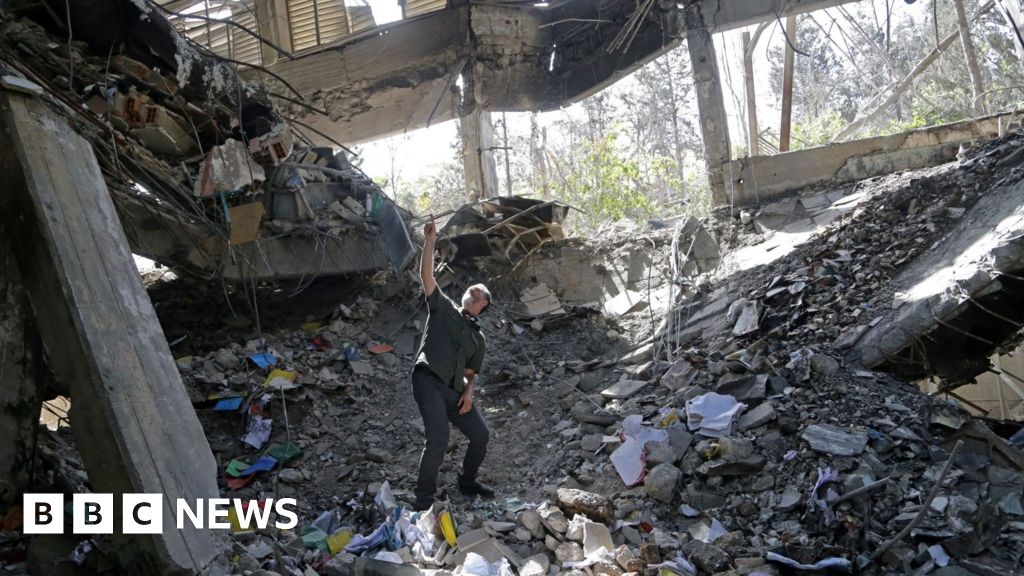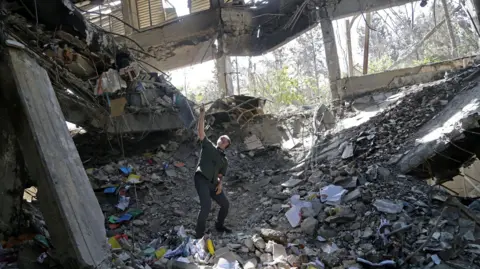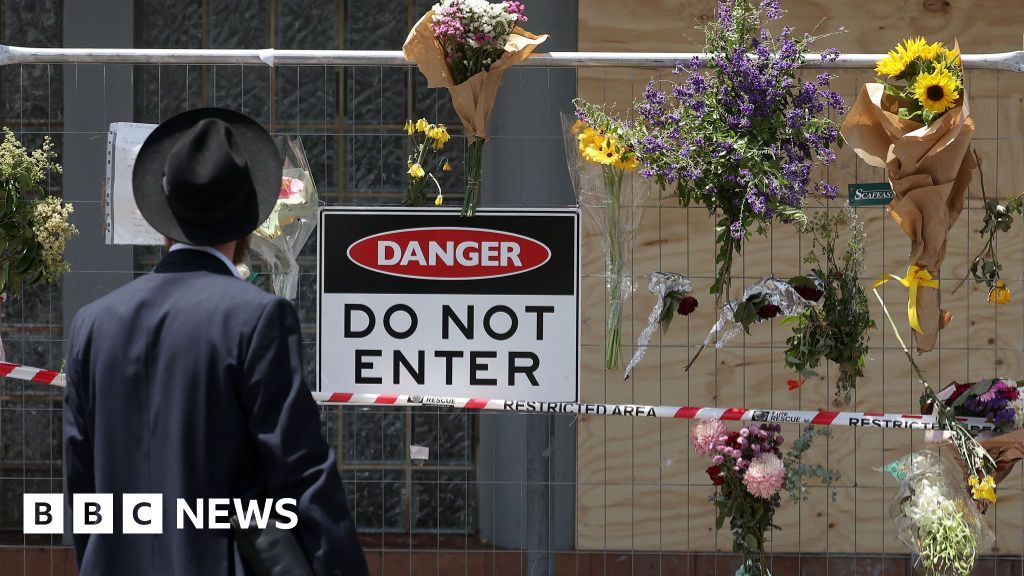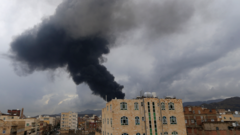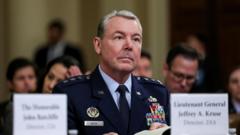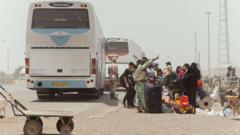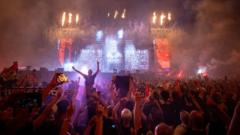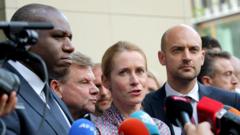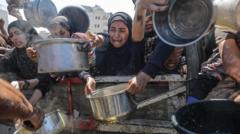As the city of Tehran reverberates with the sounds of mourning and national pride, Ayatollah Ali Khamenei’s latest initiative reflects a dramatic shift in the Islamic Republic’s narrative. Amid the Ashura rituals, typically reserved for somber reflection, a stirring patriotic anthem led by a local singer broke through, reigniting feelings of national unity. "Ey Iran, Iran" echoed through the streets, infusing the atmosphere with fervor, a stark contrast to the usual religious proceedings just a month prior.
The backdrop for this shift is the aftermath of the recent 12-day conflict, which has left Iran’s military capabilities severely compromised, nuclear ambitions thwarted, and a civilian populace decimated. The lingering scars of war have prompted the government to leverage the collective outrage for political gain. National sentiment, ignited by the conflict, presents a dual-edged sword: an opportunity for the regime to bolster support amid economic and political challenges while reshaping its cultural narrative.
The transformative embrace of folklore and national symbols indicates a calculated strategy. Once marginalized by the theocratic regime, elements of Iran’s pre-Islamic history and identity are re-emerging as tools for asserting unity and strength. This blend of religion with nationalism, exploiting patriotic themes reminiscent of efforts by secular nationalists, highlights a significant pivot for a government previously resistant to such manifestations.
As they navigate these turbulent waters, Iranian leaders hope that this resurgent nationalism will provide the necessary support to stabilize their administration in a time fraught with adversity and dissent.
The backdrop for this shift is the aftermath of the recent 12-day conflict, which has left Iran’s military capabilities severely compromised, nuclear ambitions thwarted, and a civilian populace decimated. The lingering scars of war have prompted the government to leverage the collective outrage for political gain. National sentiment, ignited by the conflict, presents a dual-edged sword: an opportunity for the regime to bolster support amid economic and political challenges while reshaping its cultural narrative.
The transformative embrace of folklore and national symbols indicates a calculated strategy. Once marginalized by the theocratic regime, elements of Iran’s pre-Islamic history and identity are re-emerging as tools for asserting unity and strength. This blend of religion with nationalism, exploiting patriotic themes reminiscent of efforts by secular nationalists, highlights a significant pivot for a government previously resistant to such manifestations.
As they navigate these turbulent waters, Iranian leaders hope that this resurgent nationalism will provide the necessary support to stabilize their administration in a time fraught with adversity and dissent.




